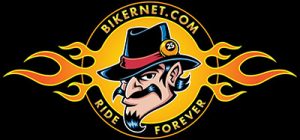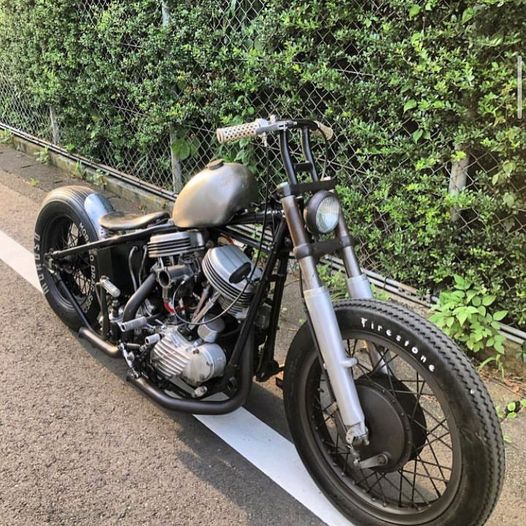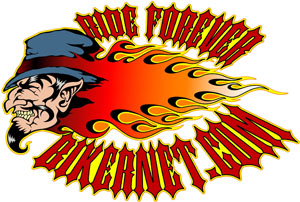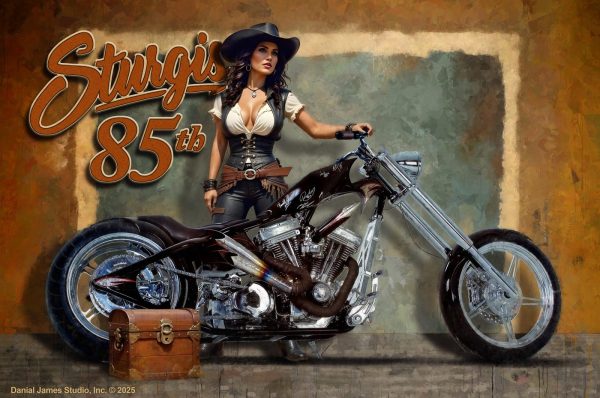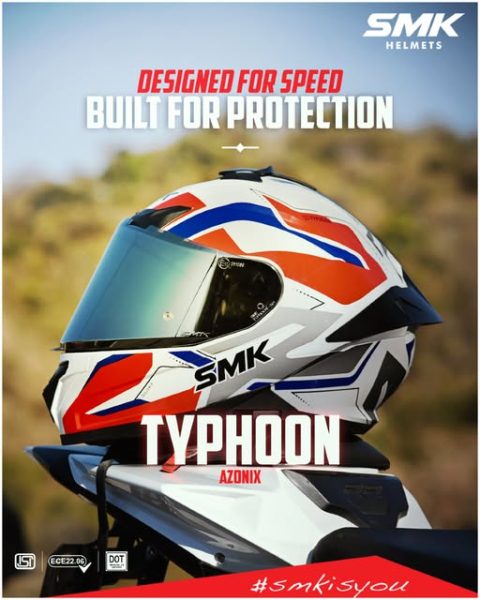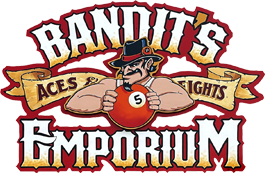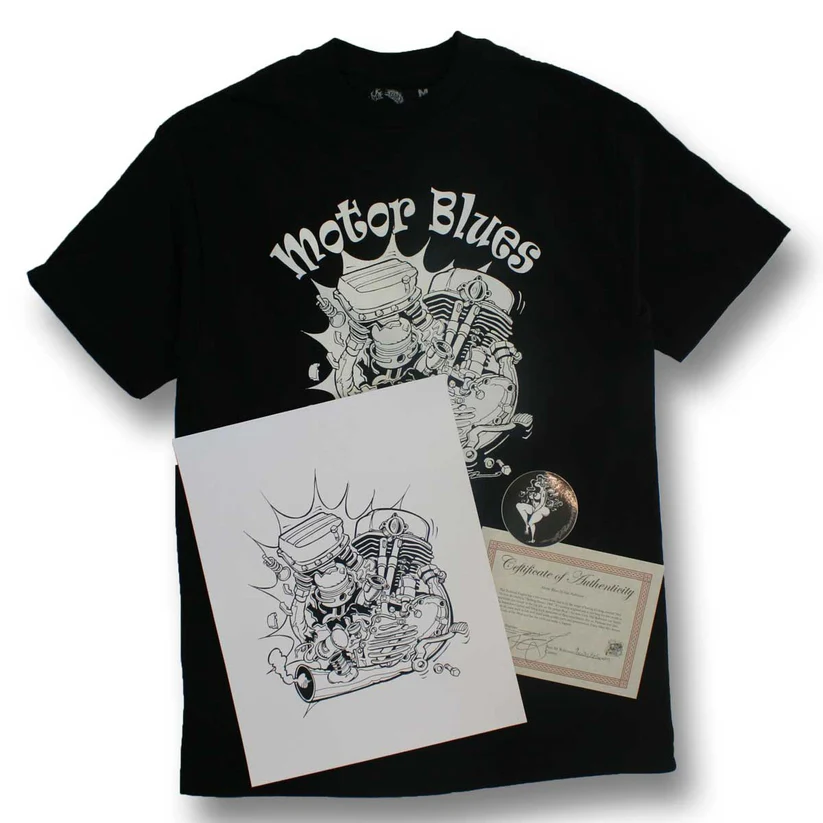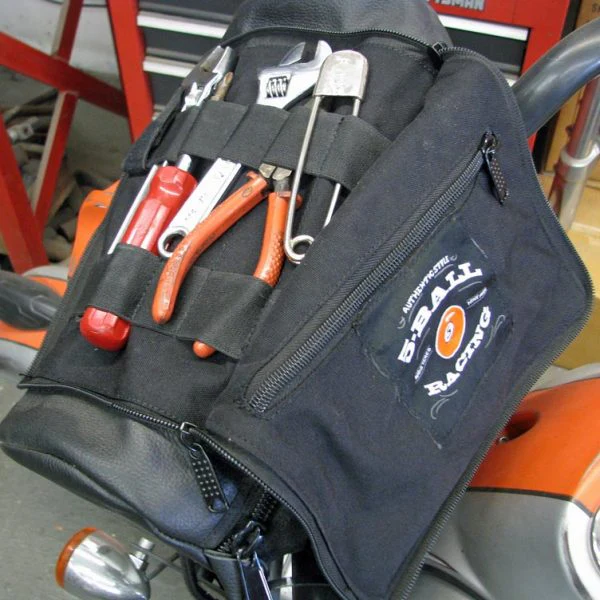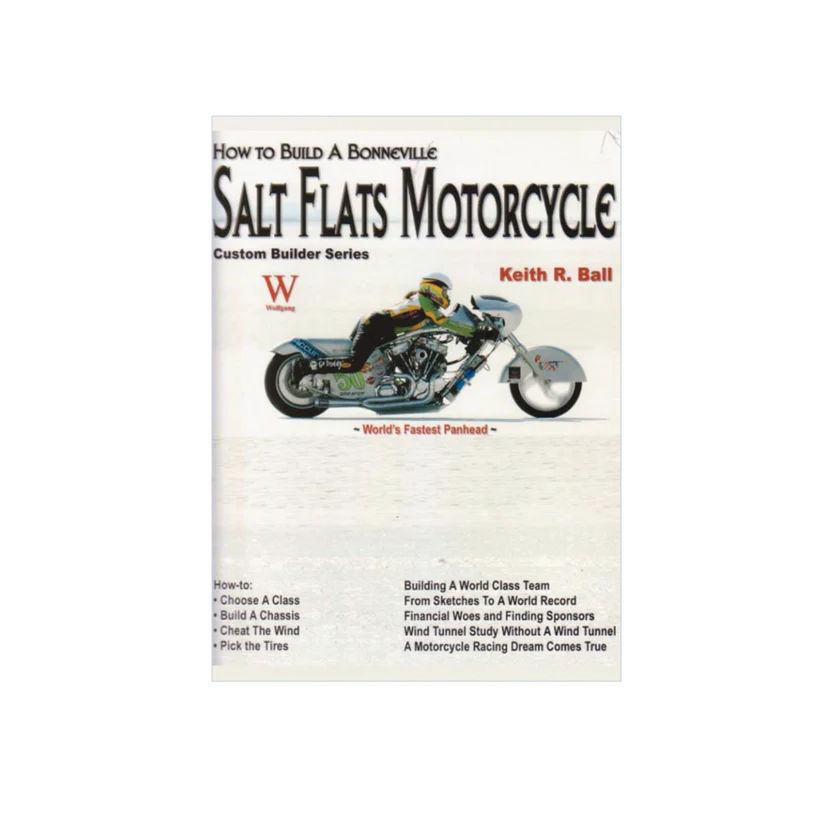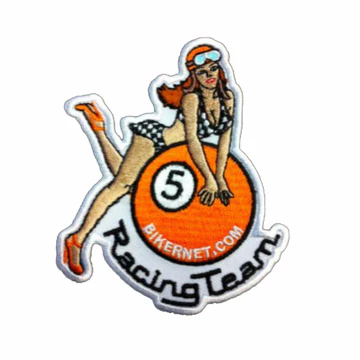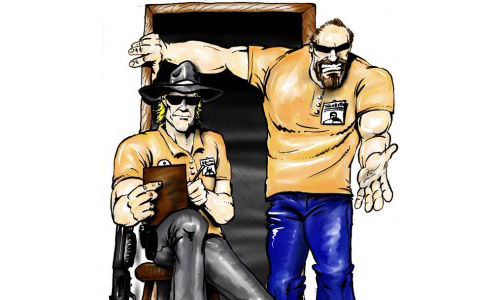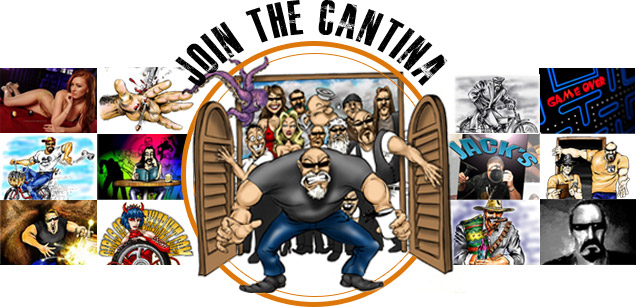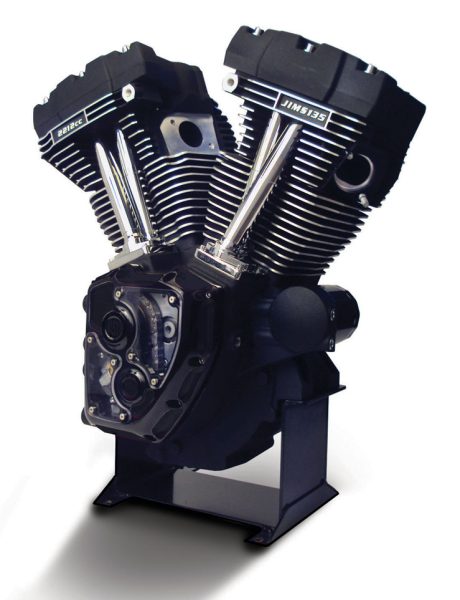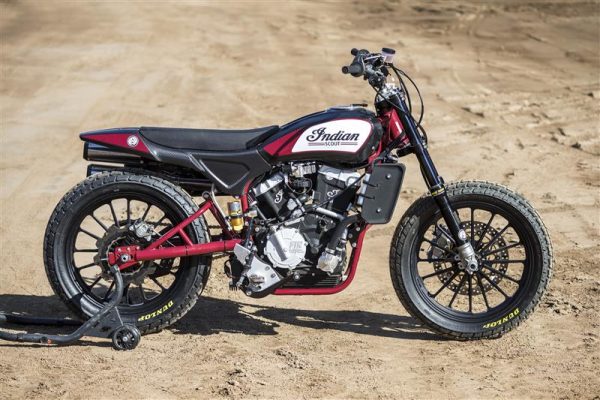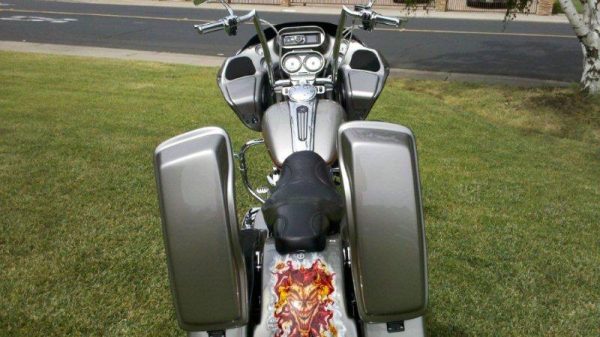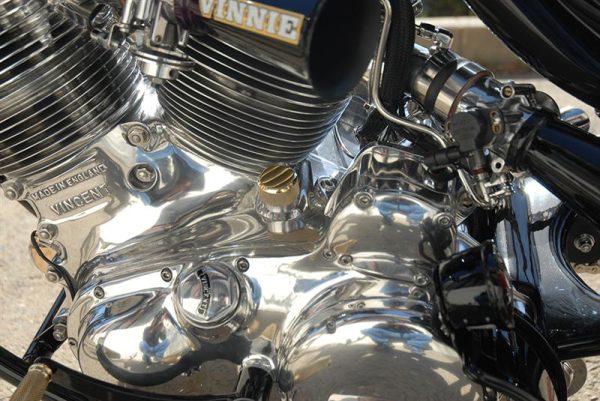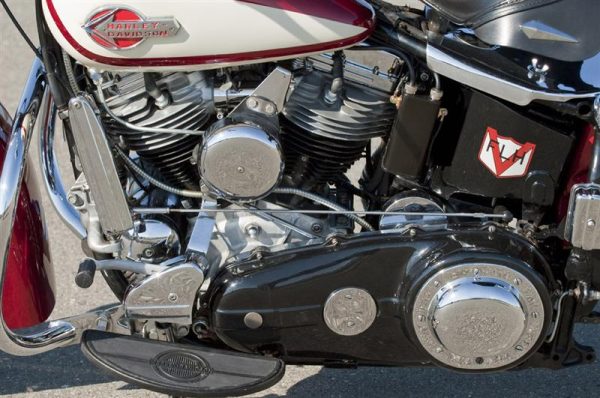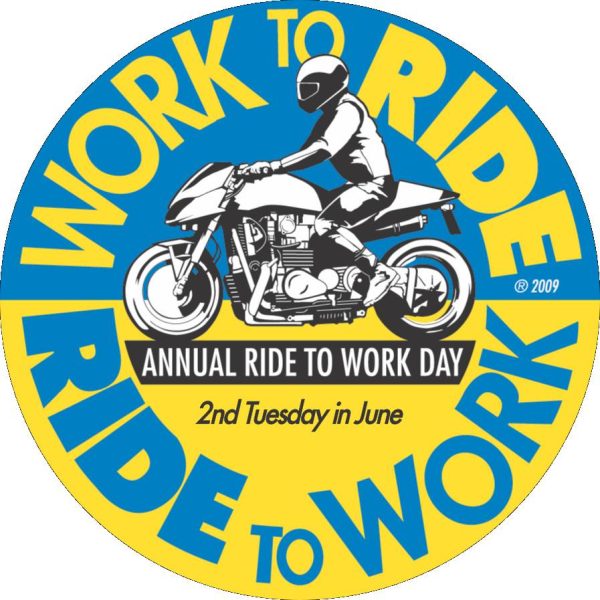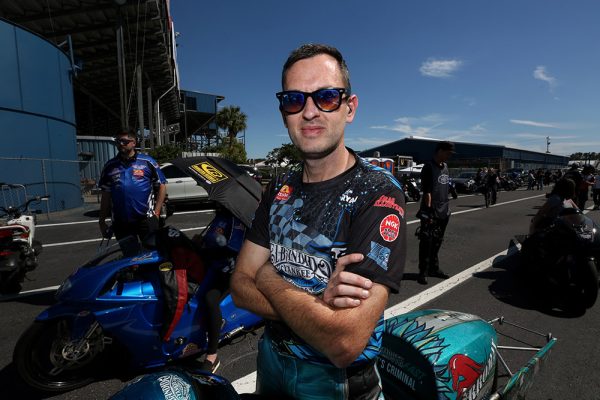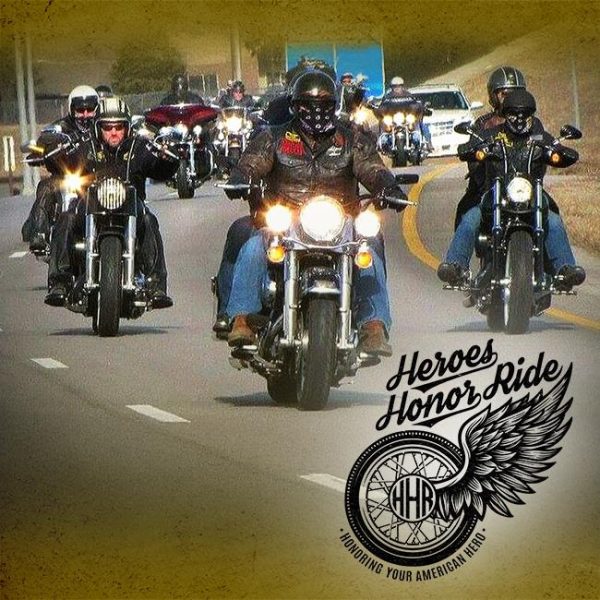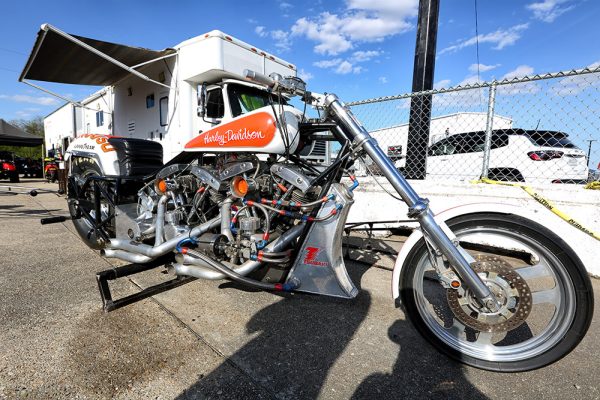Latest Articles
THE CROSSROADS BIKERNET WEEKLY NEWS for April 24th, 2025
Hey, This is beyond wild. The whole world is at a crossroads. We are trying ...
THE SORDID STORY BEHIND BIKERNET.COM
It all started when my mother ran over my 1964 metal flaked Honda 55 Super ...
HARLEY-DAVIDSON IN TROUBLE
Harley-Davidson is Facing a Proxy Vote on Wednesday Board members need to hit the road, ...
HEADS UP! SMK HITS USA
“I’ll tell you a funny story,” confides Shilpa Arora, President of Bikerz US Inc. Bikerz ...
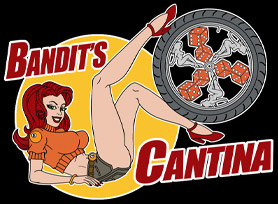
New in the Cantina
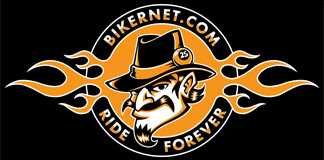
Weekly News
The TRUTH BIKERNET WEEKLY NEWS for July 21st, 2022
Hey,The truth is everything. I scrambled out of bed a 6:24 this morning. My mission, ...
RALLY PLANNING BIKERNET WEEKLY NEWS for July 14th, 2022
Hey,My grandson just experienced his first rally vendor effort in Southern California. He’s 28 and ...
THE UPBEAT BIKERNET WEEKLY NEWS for July 7th, 2022
Hey,We are flying through this year. Every Monday, I tell the redhead, “Hang on. This ...
IT’S A WONDERFUL PLACE BIKERNET WEEKLY NEWS for June 30, 2022
Hey,This could be a magnificent day in the hood. As you will see in the ...
Tech Articles
The Transmission Plate Mystery
Editor's Note: Plates, plates and more plates...Always needed but most of the time overlooked. We ...
Digital’s Rigid – Part V
With the help of our friends over at Chrome Specialties, Bandit and I aquired this ...
JIMS NEW 135-INCH RACING MONSTER
Editor’s Note: We’ve worked with JIMS staff for maybe 30 years, maybe longer. Jim Thiessen ...
Bike Features
ROLAND SANDS INDIAN MEETS EVEL KNIEVEL
TRAVIS PASTRANA TO JUMP AN INDIAN SCOUT FTR750 IN HISTORY’S THREE HOUR LIVE EVENT, EVEL LIVE PREMIERING ...
J&P Cycles’ July 2011 Readers’ Rides Winner
This month’s ride is a 2007 Harley-Davidson FLTR belonging to TerenceWest of Manteca, Calif. ...
Matt Hotch Classic Vincent
Our features have become a Bikernet collection of favorite motorcycles for various reasons. Sometimes the ...
The Bay Area 1960 Panhead Restoration
I’m a Panhead aficionado. I’ve owned at least a half dozen, so when Markus Cuff ...
Event Features
RIDE TO WORK ACTION
Your city can support this event by proclamation, and also encourage riding by providing free ...
Flyin’ Ryan Oehler gets Communication Partner
'Martin One Source Partners with Flyin’ Ryan Oehler and El Bandido Yankee Tequila Racing as ...
Inaugural Heroes Honor Ride
Honor our nation's heroes by joining your friends and special celebrity riders for a 40-mile ...
Nitro Harley Solutions at No Problem
Peery, Peterson and Dangrow Find Nitro Harley Solutions at No Problem Nitro Harley race coverage ...
